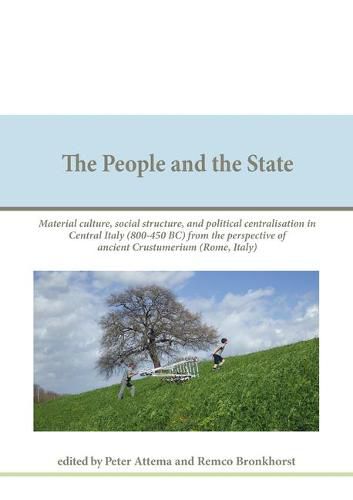Readings Newsletter
Become a Readings Member to make your shopping experience even easier.
Sign in or sign up for free!
You’re not far away from qualifying for FREE standard shipping within Australia
You’ve qualified for FREE standard shipping within Australia
The cart is loading…






This volume is the fourth in the series Corollaria Crustumina and deals with the results of the project The People and the State, Material culture, social structure, and political centralisation in Central Italy (800-450 BC). This project of the Groningen Institute of Archaeology, carried out between 2010 and 2015 in close collaboration with the Archaeological Service of Rome, deals with the changing socio-political situation at ancient Crustumerium resulting from Rome’s rise to power.
The volume brings together data from the domains of geology, geoarchaeology, urban and rural settlement archaeology, funerary archaeology, material culture studies as well as osteological and isotope analyses. On the basis of these data, a relationship is established between changes in material culture on the one hand and developments in social structure and political centralisation in Central Italy on the other in the period between 850 and 450 BC.
$9.00 standard shipping within Australia
FREE standard shipping within Australia for orders over $100.00
Express & International shipping calculated at checkout
This volume is the fourth in the series Corollaria Crustumina and deals with the results of the project The People and the State, Material culture, social structure, and political centralisation in Central Italy (800-450 BC). This project of the Groningen Institute of Archaeology, carried out between 2010 and 2015 in close collaboration with the Archaeological Service of Rome, deals with the changing socio-political situation at ancient Crustumerium resulting from Rome’s rise to power.
The volume brings together data from the domains of geology, geoarchaeology, urban and rural settlement archaeology, funerary archaeology, material culture studies as well as osteological and isotope analyses. On the basis of these data, a relationship is established between changes in material culture on the one hand and developments in social structure and political centralisation in Central Italy on the other in the period between 850 and 450 BC.